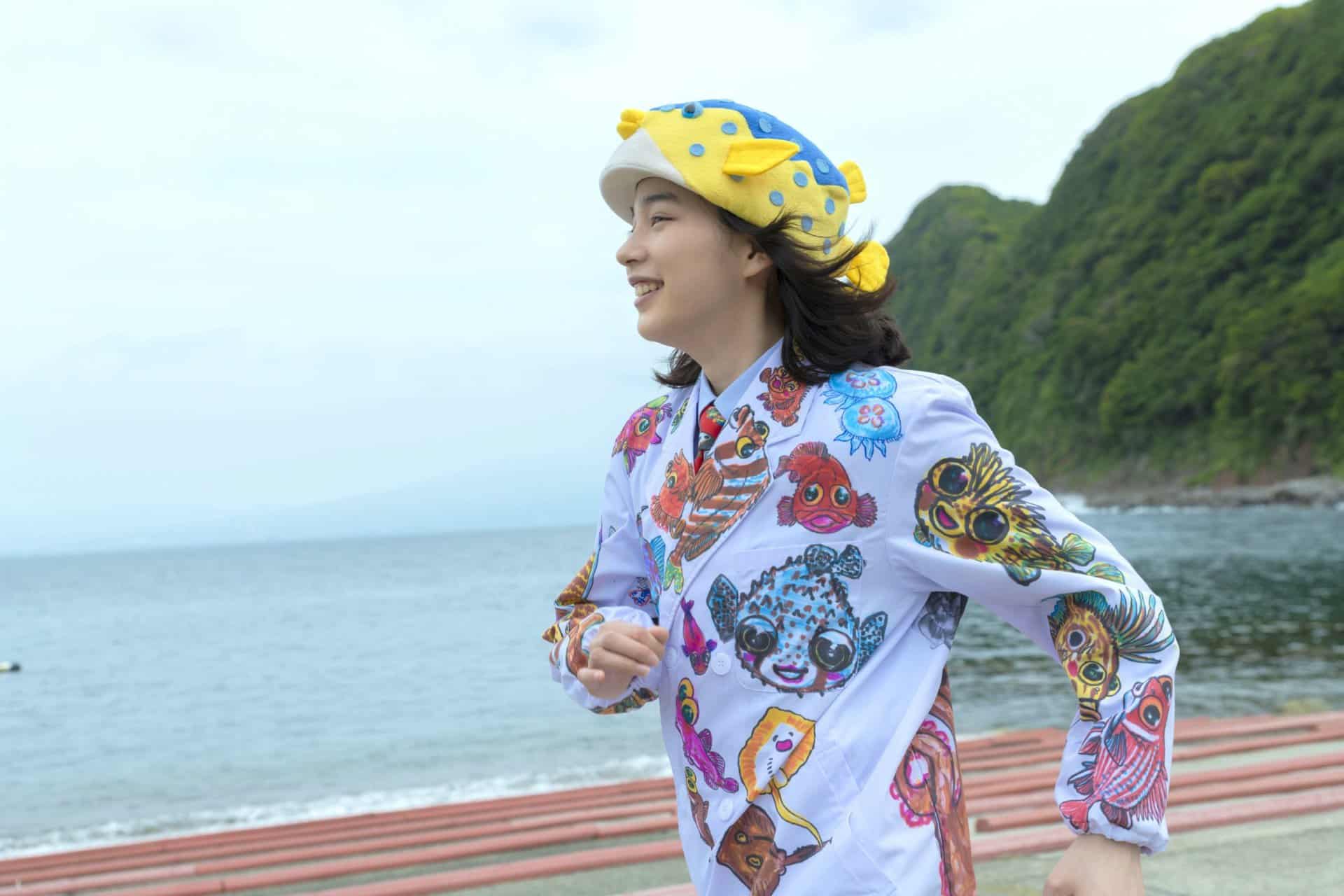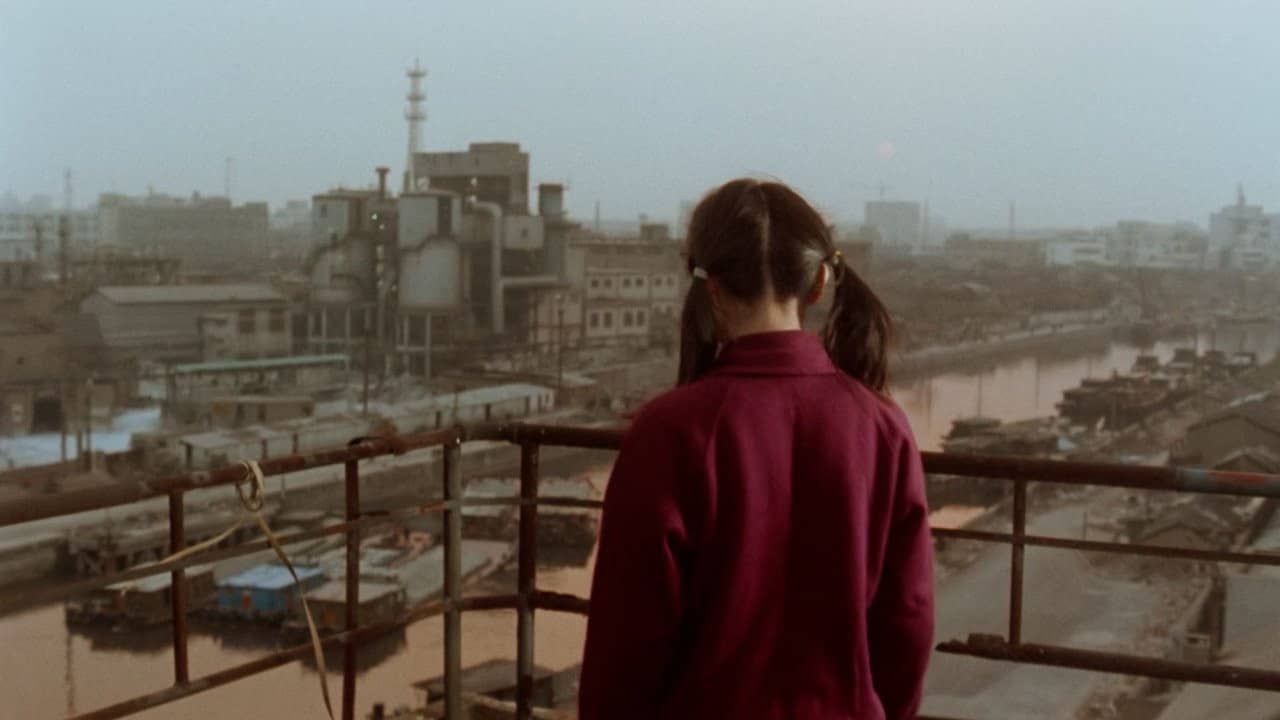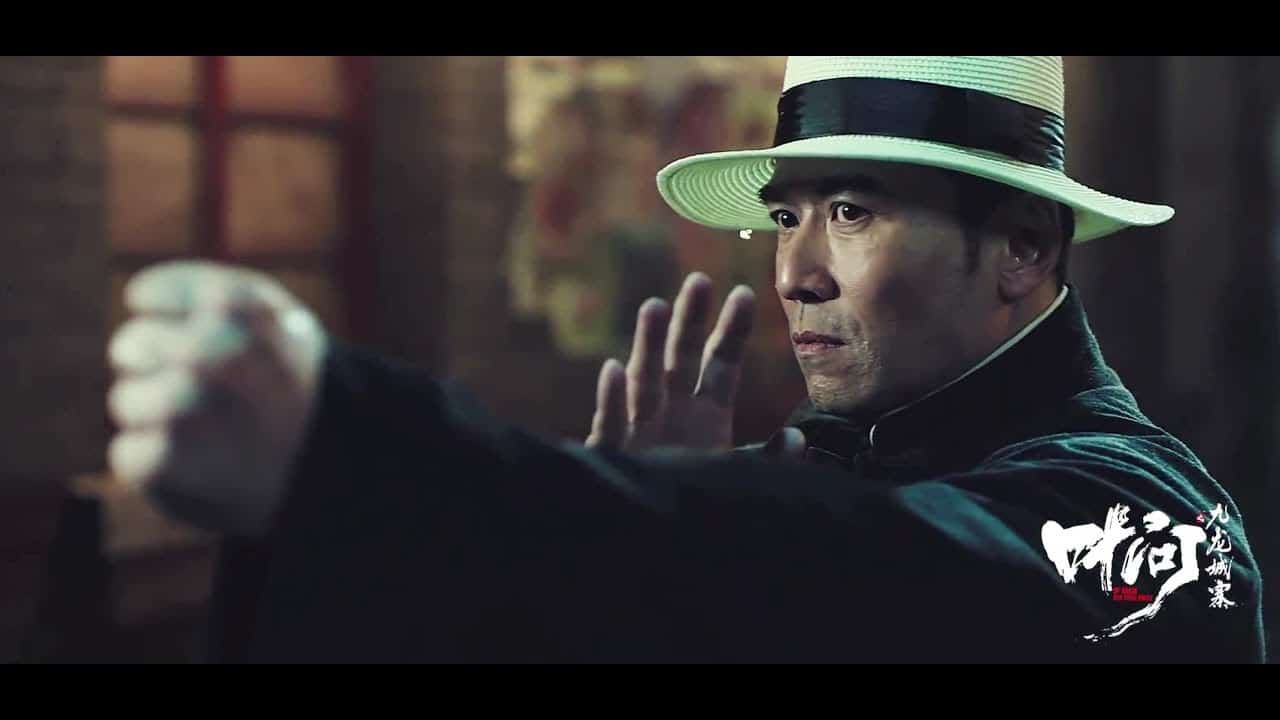Perhaps it is one of the great ironies in the career of Japanese director Kihachi Okamoto that a film he was forced to do was going to be his most memorable one. In a filmography consisting of titles such as “Samurai Assassin” (1965), “Kill!” (1968) and “The Human Bullet” (1968), the director's 1966-film “The Sword of Doom” stands out as one of the bleakest jidaigeki movies. Based on the novel “Daibosatsu toge” by Kaizan Nakazato, which had already inspired many adaptations, for example, one by “Lone Wolf and Cub”-director Kenji Misumi, Kihachi Okamoto made a film which reflected the trends of the Japanese film industry of that time but is also one of the most interesting portrayals of a man, a world consumed by violence and madness.
Buy This Title

At the center of the film, we have Ryunosuke Tsukue (Tatsuya Nakadai), a master swordsman wandering the country, and his life between the years 1860 to 1863. Challenged to a sword fight with another promising samurai, he mercilessly kills him after having dishonored his wife. As he is forced to flee after the tournament, he becomes a member of several groups of ronin, a hired hitman for wealthy men, and it is not until he meets Shimada Toranosuke (Toshiro Mifune) that he thinks he has met his match. At the same time his thirst for blood becomes almost uncontrollable, threatening to drown whatever emotion is left in the samurai.
In general, even for a time during which the character of the anti-hero was quite common, having someone like Ryunosuke Tsukue at the core of the action, is quite risky. While the likes of Itto Ogami or Zatoichi expose the truth behind the systems such as bushido, established as oppressive codes of control by the rulers of the country, characters such as Tsukue may show another, more chaotic and therefore self-destructive facet of this concept. Starting from his very first action in the film, which shows him killing a helpless elderly person, Shinobu Hashimoto's script emphasizes the lack of any redeeming qualities in this man who will go on committing even more violent and amoral atrocities in the scenes to come.
However, it is only through the fearless performance by actor Tsuya Nakadai, we get a glimpse of the true nature of this man, or at least an idea. Through admitting he only trusts his sword in the world, he sets his skill, the mechanisms and rules of fighting above human values, above family and other social connections. As a result, he is able to kill without remorse, thus becoming an element abiding the needs of the wealthy while also embodying the underlying element of chaos within bushido. Tatsuya Nakadai's performance stresses the nature of this man: his obsession with precision and his way of embracing the violent path he has chosen for himself, consuming himself as well as those around him. Especially during the impressively choreographed fight scenes, we get an impression of this level of control, but also the violent mercilessness with which he slays his opponents who never had a chance of winning in the first place.

Similarly, this kind of precision and focus can be seen within the film's structure, especially Hiroshi Murai's cinematography. Even though the film is shot in black and white, the images, the slow camera movements during the fights, or the static images when shooting interiors, the overall atmosphere of the film reflects the level of cruelty and cold portrayed by the central character. Whereas the fight scenes are, as already mentioned, skillfully done and performed, it is perhaps within sequences such as the mill-scene, during which Ryunosuke's has sex with the wife of his opponent in the tournament, the suggestive nature of the images and the sharp lighting, that we receive a first glimpse of the madness of this world. Additionally, Masaru Sato's score emphasizes the change within the character reflected in his environment whose reliance on order and codes has given birth to an unstoppable wave of chaos, masterfully demonstrated in the almost psychedelic last 15 minutes of the film.
In the end, “The Sword of Doom” is one of the most impressive jidaigeki movies of its time, a masterpiece for its depiction of a world consumed by violence, lack of morals and chaos. Supported by a great central performance by actor Tsuya Nakadai as well as brilliant cinematography and music, Kihachi Okamoto's film is truly one of the most exceptional films of this time of Japanese cinema and a must-see for cinephiles.
“The Sword of Doom” is screening at London East Asia Film Festival















